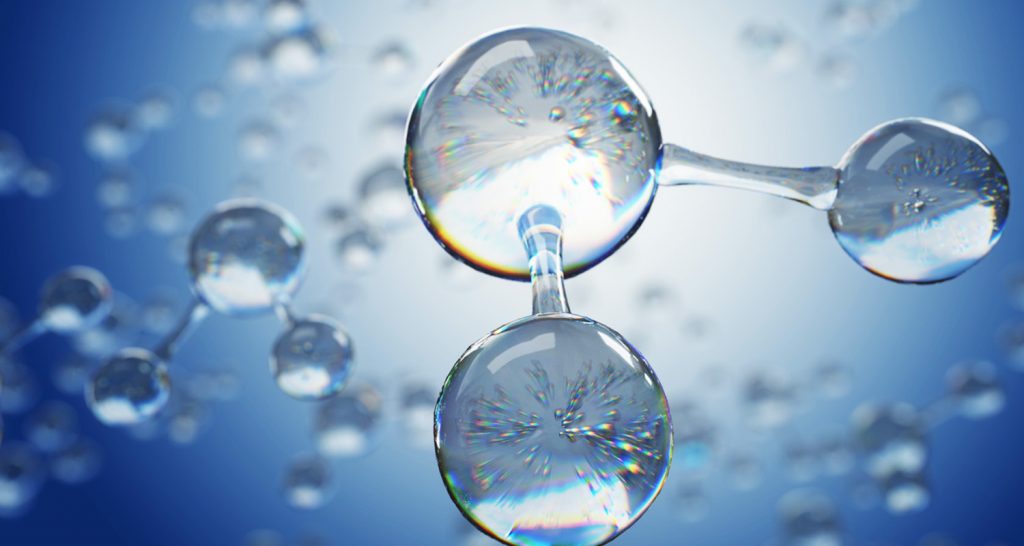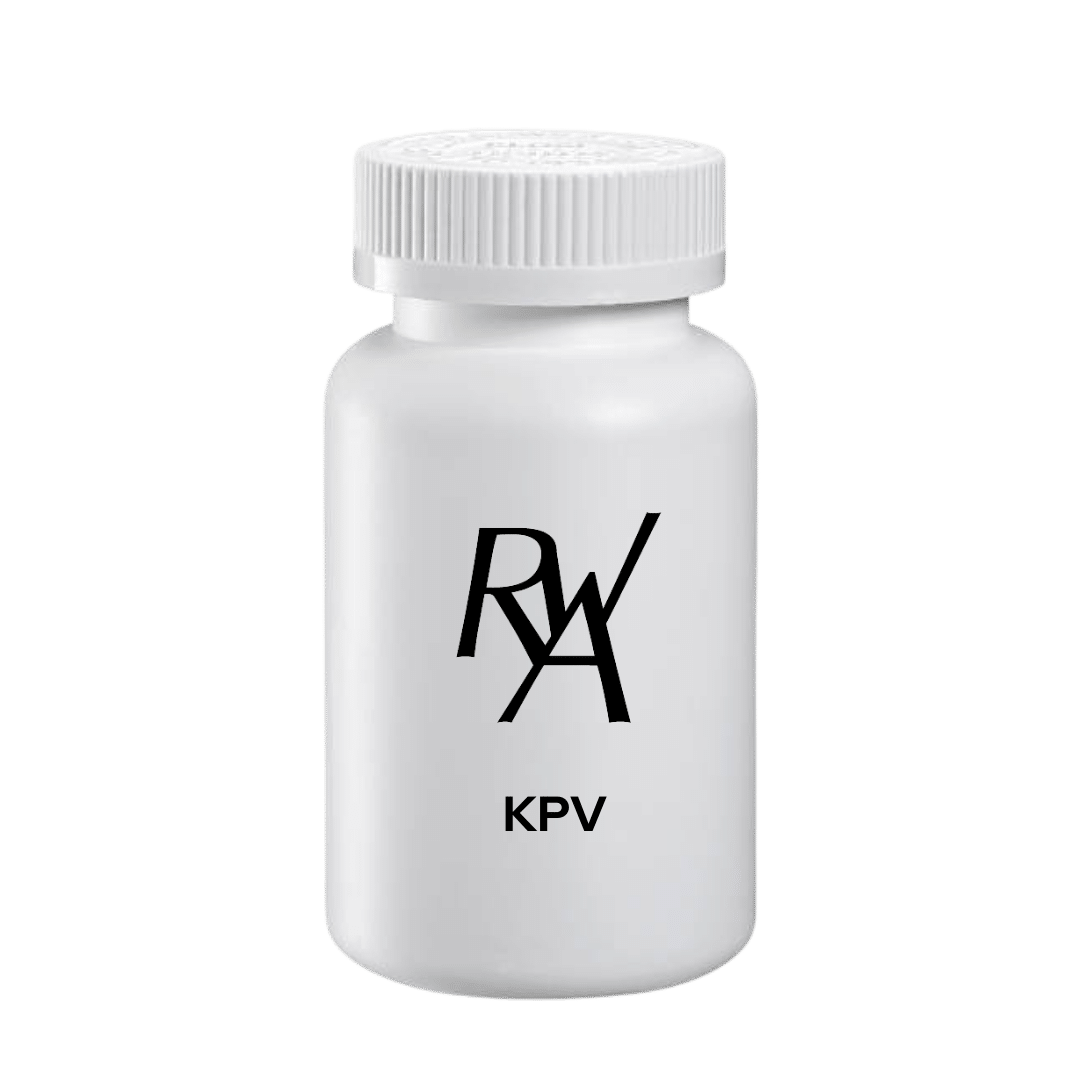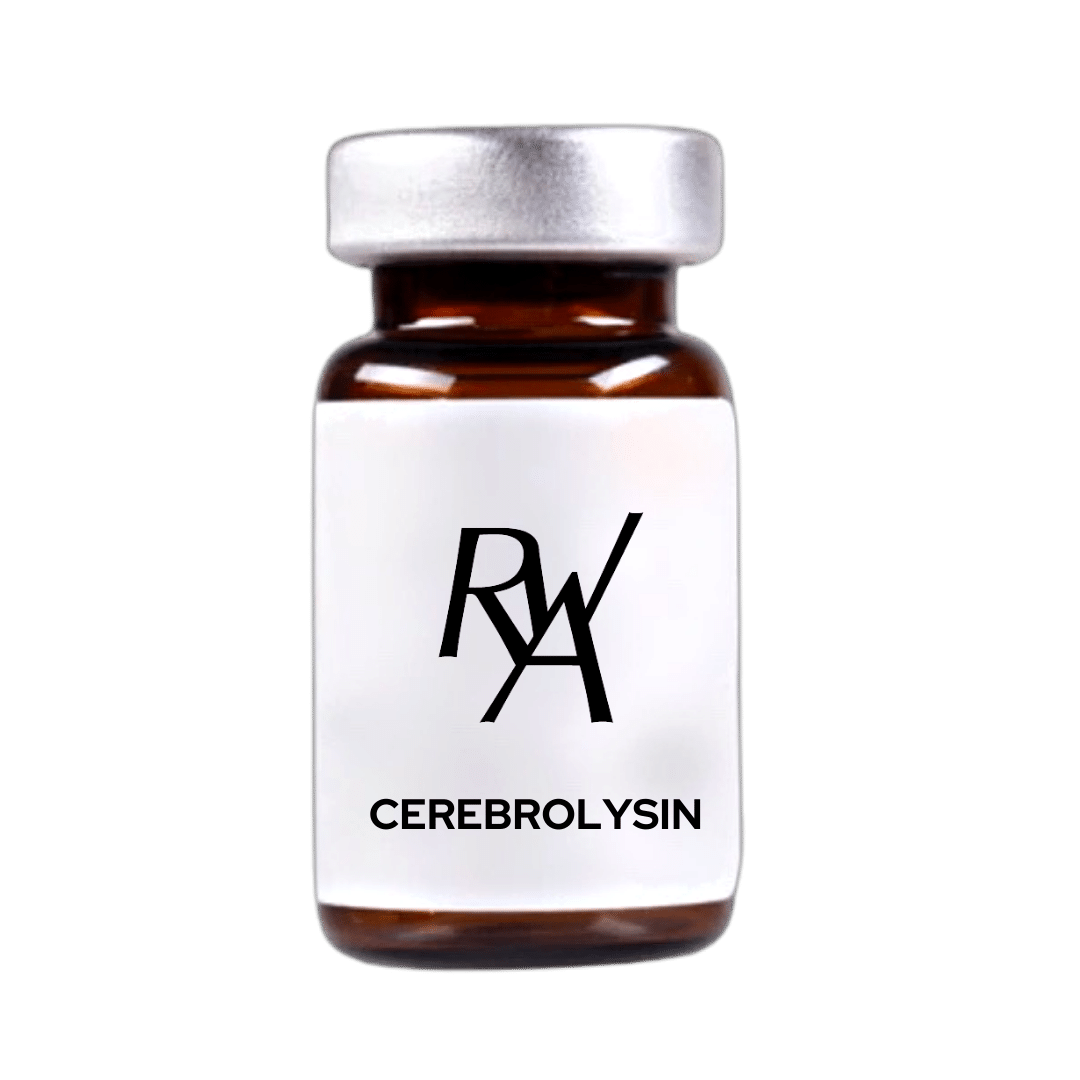- Category: EBOO therapy
Biochemical Foundations of EBOO + UV Light Therapy
Share on:
Extracorporeal blood oxygenation and ozonation represents a complex multi-stage process where the patient’s blood undergoes sequential treatment by three different methods: mechanical filtration, ozonation, and ultraviolet irradiation. Each stage has unique biochemical mechanisms of action that collectively create a powerful therapeutic effect.
Stage 1: Mechanical Blood Filtration
The blood filter machine uses a polysulfone membrane with pore sizes of 0.1–0.3 microns, allowing removal of molecules weighing more than 60 kDa from blood. This process is based on diffusion and convection principles, where toxins and pathological compounds pass through the membrane under transmembrane pressure.
Mechanical filtration removes circulating immune complexes, often causing autoimmune reactions and chronic inflammation. Simultaneously, bacterial endotoxins—lipopolysaccharides that activate inflammatory cascades through toll-like receptors—are eliminated. Filtration also effectively removes lipid peroxidation products, whose accumulation leads to cell membrane damage and accelerated aging processes.
Stage 2: Blood Ozonation — Molecular Mechanisms
Medical ozone (O₃) is a three-atom oxygen molecule with high reactivity. Upon blood contact, ozone immediately reacts with unsaturated fatty acids in cell membranes, forming primary ozonides that quickly decompose into aldehydes and peroxides.
Lipid ozonolysis leads to formation of biologically active compounds—ozonides and aldehydes—that act as secondary messengers. These compounds activate nuclear factor Nrf2 (Nuclear factor erythroid 2-related factor 2), the main regulator of cellular antioxidant response. Nrf2 activation increases synthesis of key antioxidant enzymes: superoxide dismutase, catalase, glutathione peroxidase, and glutathione-S-transferase.
Erythrocyte effects occur through activation of 2,3-diphosphoglycerate mutase enzyme, leading to increased 2,3-diphosphoglycerate (2,3-DPG) concentration in red blood cells. Elevated 2,3-DPG levels shift the oxyhemoglobin dissociation curve rightward, facilitating oxygen release to tissues and improving tissue oxygenation.
Ozone immunomodulatory effects are realized through monocyte and macrophage activation, which begin producing cytokines—interferon-γ, interleukin-2, and tumor necrosis factor-α in physiological concentrations. This leads to balanced activation of both cellular and humoral immunity.
Stage 3: Ultraviolet Blood Treatment
UV blood irradiation works in three wavelength ranges, each with specific biological effects:
UVC radiation (200–280 nm) has maximum bactericidal action. UVC photons are absorbed by pathogenic microorganism nucleic acids, causing thymine dimer formation in DNA and uridine dimers in RNA. These damages block replication and transcription, leading to bacterial, viral, and fungal death without damaging human blood cells.
UVB radiation (280–315 nm) activates 7-dehydrocholesterol in blood plasma, converting it to previtamin D₃, which then isomerizes to vitamin D₃. This process is especially important for patients with vitamin D deficiency, which plays a key role in immune regulation and bone metabolism.
UVA radiation (315–400 nm) activates endogenous photosensitizers in blood plasma, including porphyrins and flavins. Activated photosensitizers generate singlet oxygen and other reactive oxygen species with antimicrobial action and cellular repair process stimulation.
Synergistic Effects of Combined Treatment
The combination of filtration, ozonation, and UV treatment creates synergistic effects exceeding the sum of individual method impacts. The machine that oxygenates blood provides sequential action on various pathological processes, creating a cascade of positive biochemical reactions.
Blood rheological property improvement occurs through reduced erythrocyte and platelet aggregation, decreased plasma viscosity, and normalized red blood cell deformability. This leads to improved microcirculation and oxygen delivery to tissues.
Fibrinolytic system activation occurs through stimulation of tissue plasminogen activator (t-PA) synthesis by endothelial cells. This promotes microthrombus dissolution and improved blood flow in small vessels.
Lipid profile normalization is achieved through lipoprotein lipase and lecithin-cholesterol-acyltransferase activation, leading to reduced atherogenic lipoprotein levels and increased protective high-density lipoprotein concentrations.
Molecular Effectiveness Markers
Eboo therapy causes measurable changes in various biomarker concentrations that can be used to assess treatment effectiveness:
Inflammatory markers show significant reduction: C-reactive protein decreases by 32%, interleukin-6 by 45%, tumor necrosis factor-α by 38%. These changes reflect systemic anti-inflammatory action.
Antioxidant markers demonstrate increased activity: superoxide dismutase increases by 40–60%, catalase by 35–50%, total plasma antioxidant activity by 25–40%.
Immunological indicators show balanced activation: NK-cells increase activity by 40–55%, CD4+/CD8+ ratio normalizes, immunoglobulin G concentration increases by 20–30%.
Cellular Action Mechanisms
At the cellular level, EBOO ozone therapy activates multiple signaling pathways leading to improved cellular functional state:
Mitochondrial activation occurs through mitochondrial biogenesis stimulation and respiratory chain efficiency improvement. Cytochrome c oxidase activity increases by 25–40%, leading to 35–50% increased ATP synthesis.
DNA repair system activation occurs through nucleotide excision repair enzyme induction, promoting elimination of DNA damage accumulated from oxidative stress and toxin exposure.
Angiogenesis stimulation is realized through vascular endothelial growth factor (VEGF) and basic fibroblast growth factor (bFGF) activation, promoting new capillary formation and improved tissue blood supply.
Understanding these complex biochemical mechanisms allows optimization of eboo treatment protocols and maximization of therapeutic effects for each individual patient.
Request a Consultation
Recommended for you

EBOO Treatment Cost – what you’ll pay & what you get
If you’re googling EBOO treatment cost (aka Extracorporeal Blood Ozonation & Oxygenation, often paired with UV blood irradiation), you’ll see big price swings. Below is a clear breakdown of what

Biochemical Foundations of EBOO + UV Light Therapy
Extracorporeal blood oxygenation and ozonation represents a complex multi-stage process where the patient’s blood undergoes sequential treatment by three different methods: mechanical filtration, ozonation, and ultraviolet irradiation. Each stage has

EBOO + UV Light Therapy – revolutionary blood purification and oxygenation technology
What is EBOO + UV Light and Why It’s a Medical Breakthrough EBOO + UV Light Therapy (Extracorporeal Blood Oxygenation and Ozonation) is an innovative next-generation medical procedure that combines

GLP-1 vs NAD+: Understanding your options for metabolic health and longevity
My personal journey to metabolic health My journey toward better health began after years of struggling with weight fluctuations and declining energy. Despite eating well and exercising regularly, my blood

KPV: The microscopic miracle peptide for inflammation, skin health, and gut repair
In the rapidly evolving world of therapeutic peptides, sometimes the smallest molecules deliver the most powerful results. KPV (Lysine-Proline-Valine), a tiny tripeptide derived from the body’s own anti-inflammatory mechanisms, has

Cerebrolysin: The powerful neuropeptide for cognitive enhancement and brain recovery
In the evolving landscape of cognitive enhancement and neurological recovery, Cerebrolysin stands out as one of the most potent and clinically-validated neuropeptide formulations available. This unique brain-derived peptide complex has

